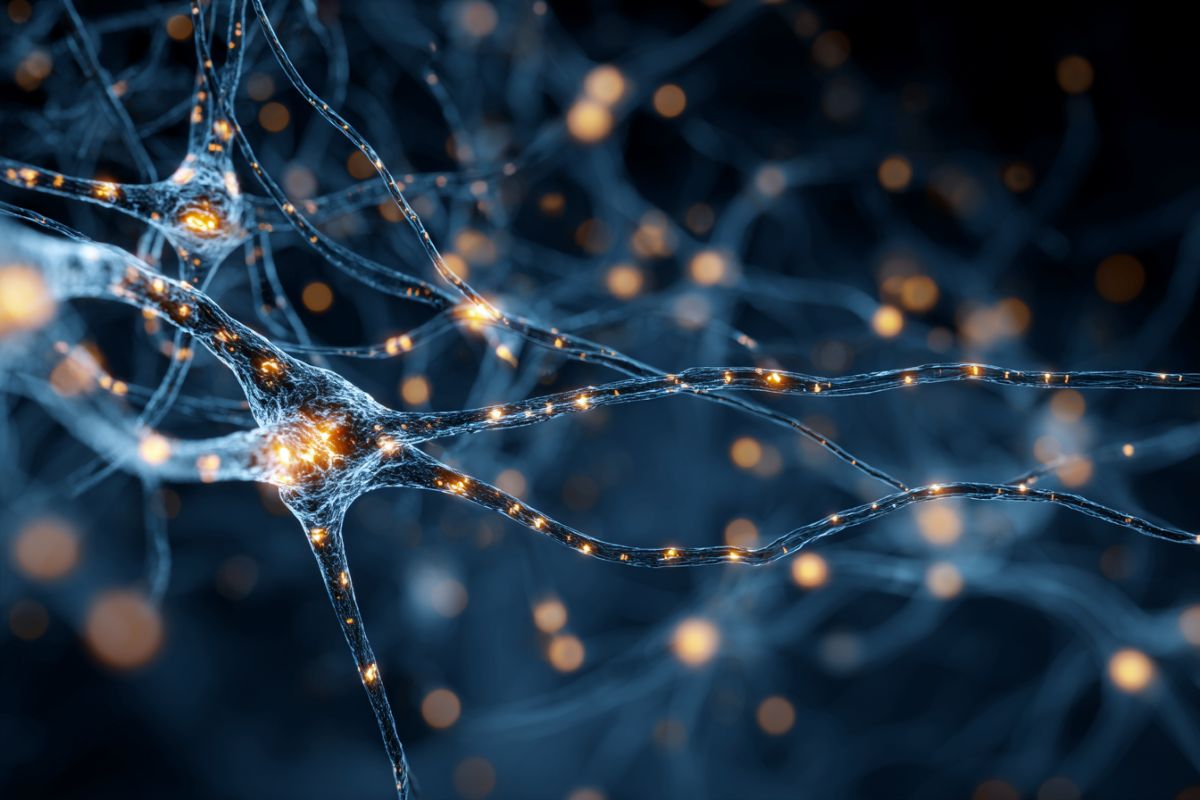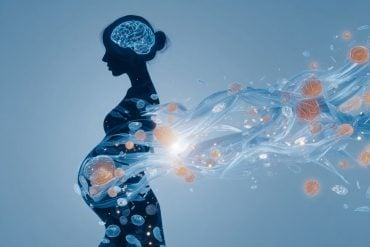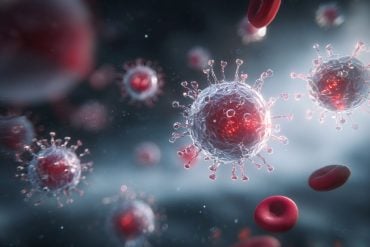Summary: Scientists have created a breakthrough technology that reveals the entire network of RNA-protein interactions in human cells, offering new insights into how diseases develop. The method freezes and tags RNAs and proteins as they touch, turning them into unique DNA barcodes that can be decoded with sequencing.
In tests, the system uncovered more than 350,000 interactions, including unexpected links to Alzheimer’s- and cancer-related pathways. By exposing these hidden cellular conversations, the discovery could guide next-generation treatments targeting the molecular drivers of disease.
Key Facts:
- Massive Mapping: Over 350,000 RNA-protein interactions identified in human cells.
- Disease Links: New connections tied to Alzheimer’s and cancer uncovered.
- Drug Potential: Pinpoints exact RNA-protein binding sites for targeted therapies.
Source: UCSD
Bioengineers at the University of California San Diego have developed a powerful new technology that can map the entire network of RNA-protein interactions inside human cells — an achievement that could offer new strategies for treating diseases ranging from cancer to Alzheimer’s.
RNA-protein interactions regulate many essential processes in cells, from turning genes on and off to responding to stress. But until now, scientists could only capture small subsets of these interactions, leaving much of the cellular “conversation” hidden.

“This technology is like a wiring map of the cell’s conversations,” said Sheng Zhong, professor in the Shu Chien-Gene Lay Department of Bioengineering at the UC San Diego Jacobs School of Engineering, who led the study published in Nature Biotechnology.
“It shows which RNAs are physically talking to which proteins. Many diseases, including cancer and neurodegeneration, arise when these conversations push cells to do the wrong things, like grow when they shouldn’t, ignore stress signals, or evade the immune system. Once we can see the specific RNA-protein chats that matter, we can design medicines to quiet or reroute them.”
The new technology works by essentially freezing the moment when RNAs and proteins are physically touching inside cells. Each protein is tagged and chemically linked to the RNA it binds.
These RNA-protein pairs are then converted into unique DNA barcodes, which can be read using standard sequencing machines. The result is a comprehensive catalog of RNA-protein interactions produced in a single experiment.
When applied to two human cell lines, the technology uncovered more than 350,000 interactions, including many that had never been seen before. Zhong’s team confirmed known RNA-binding proteins but also discovered hundreds of unexpected ones.
One example was phosphoglycerate dehydrogenase (PHGDH), an enzyme that Zhong’s team had previously identified as a causal gene in Alzheimer’s disease and a potential blood biomarker for early detection. In this study, PHGDH was found to bind messenger RNAs linked to cell survival and nerve growth. The finding suggests additional ways PHGDH may influence brain health.
The team also found that the long noncoding RNA LINC00339 interacts with 15 membrane proteins. Since this RNA is elevated in several cancers, these new interactions may help explain how it drives tumor growth and spread.
The ability to see such hidden interactions could uncover new drug targets and treatment approaches.
“Interactions that act as control knobs for disease become drug targets — either the RNA, the protein partner, or the contact surface between them,” said study co-first author Shuanghong Xue, a postdoctoral scholar in Zhong’s lab.
“If certain RNA-protein interactions promote disease, blocking them would be a potential therapeutic strategy. If other interactions protect against disease, we’d aim to preserve or enhance them.”
Importantly, the technology doesn’t just show that an RNA and protein interact — it also pinpoints which region of the protein is involved and what RNA sequences are preferred by a given protein. This level of detail offers valuable entry points for designing targeted therapies.
Much work remains, however. “For most of the new interactions we’ve uncovered, their exact biological roles still need to be worked out,” said Zhong. “The main advance here is that we’ve created a comprehensive, unbiased map of potential RNA-protein partnerships. This opens the door for future research to figure out which ones drive disease, which ones are protective, and how we can target them with drugs.”
Zhong’s team is now applying the technology to disease models, including Alzheimer’s and Parkinson’s. Their goal is to identify misfiring RNA-protein interactions that could serve as the basis for next-generation therapies.
Full study: “Genome-wide mapping of RNA-protein associations through sequencing.” Co-first authors Zhijie Qi and Shuanghong Xue contributed key innovations in bioinformatics, AI tools and molecular interactions.
Funding: This work is supported by the National Institutes of Health (grants R01GM138852, DP1DK126138, UH3CA256960 and R01HD107206).
Key Questions Answered:
A: A technology that maps the full network of RNA-protein interactions in human cells.
A: RNA-protein “conversations” regulate key cellular processes, and misfires can lead to diseases like cancer or Alzheimer’s.
A: Proteins are chemically linked to RNAs they touch, converted into DNA barcodes, and decoded via sequencing.
A: New drug targets by blocking harmful RNA-protein interactions or enhancing protective ones.
About this genetics and neurotech research news
Author: Liezel Labios
Source: UCSD
Contact: Liezel Labios – UCSD
Image: The image is credited to Neuroscience News
Original Research: Closed access.
“Genome-wide mapping of RNA-protein associations through sequencing” by Sheng Zhong et al. Nature Biotechnology
Abstract
Genome-wide mapping of RNA-protein associations through sequencing
RNA-protein interactions critically regulate gene expression and cellular processes, yet their comprehensive mapping remains challenging due to their structural diversity.
We introduce PRIM-seq (protein-RNA interaction mapping by sequencing), a method for concurrent de novo identification of RNA-binding proteins and their associated RNAs.
PRIM-seq generates unique chimeric DNA sequences by proximity ligation of RNAs with protein-linked DNA barcodes, which are subsequently decoded through sequencing.
We apply PRIM-seq to two human cell lines and construct a human RNA-protein association network (HuRPA), encompassing >350,000 associations involving ~7,000 RNAs and ~11,000 proteins, including 2,610 proteins that each interact with at least 10 distinct RNAs.
We experimentally validate the tumorigenesis-associated lincRNA LINC00339, the RNA with the highest number of protein associations in HuRPA, as a protein-associated RNA.
We further validate the RNA-associating abilities of chromatin-conformation regulators SMC1A, SMC3 and RAD21, as well as the metabolic enzyme PHGDH. PRIM-seq enables systematic discovery and prioritization of RNA-binding proteins and their targets without gene- or protein-specific reagents.






